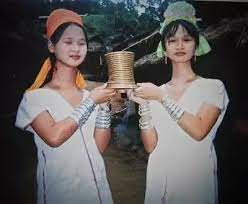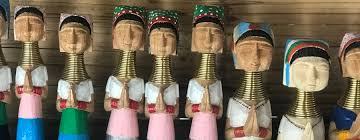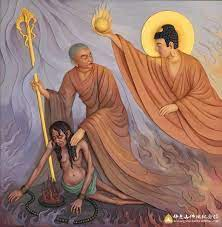In Goa and southern India, Diwali, the Festival of Lights, is about more than simply lights and sweets. The story of Lord Krishna defeating the cunning monster Narkasura is engrossing. Let’s examine why the core of Diwali celebrations in various areas is this tale.

Victory of Good over Evil: The main idea of the tale is straightforward but effective: Lord Krishna stands for goodness, whereas Narkasura represents evil. Essentially, Diwali is a celebration of light triumphing over darkness. The triumph of virtue over evil is wonderfully mirrored by Lord Krishna’s victory over Narkasura, making Diwali a festival of optimism and hope.

Mythological Wonder: It has strong Hindu mythological roots, yet reads like a charming bedtime tale. According to the Puranas, Lord Krishna battles the evil Narkasura with his heavenly understanding. Diwali gains a spiritual depth from its connection to ancient scriptures, making it more than just a festival of lights but a historical celebration.

Cultural Bonding: Diwali is a cultural spectacle as much as a religious celebration. Making enormous statues of demons on the eve of Diwali is more than just a chore; it’s a way for people to show their common history. People in Goa and southern India create a sense of solidarity by strengthening their cultural ties to one another through this kind of collective activity.

Spiritual Purification with Coconut Oil: Let’s talk about something deeper than beauty with coconut oil. Traditionally, using coconut oil on the body represents purification and rejuvenation. The coconut oil magic, which is thought to have cleansing qualities, is more than simply a physical practice; it’s a spiritual quest that helps one forgive sins and begin anew in preparation for the occasion of light.

Unity in Celebration: Recalling Lord Krishna’s story on Diwali is a community celebration rather than just a family event. People come together to create a special Diwali experience by working together to make demon statues and to participate in the coconut oil ritual. Now is the moment to emphasize cultural cohesion and shared identity.
Put simply, Diwali, the holiday associated with the story of Lord Krishna, is a cultural cornerstone. It makes a bridge between the rich histories of the past and the current generation, turning Diwali into a collectively uniting experience. It’s about celebrating in the eternal triumph of virtue, embracing goodness, and enjoying light. Thus, keep in mind that when you burn those diyas, or you’re illuminating more than just your house—you’re illuminating a centuries-old story that hasn’t stopped working its charm.
– Meetali Pandit
Please even go through my Instagram and YouTube accounts to follow and Subscribe to my channel.
Instagram: https://www.instagram.com/meetalipandit__/
Even like, share and subscribe to my YouTube channel: https://meetali.openinapp.co/09
for more such #unknownplacesfacts, #trunkofthoughts and lot more things.










































